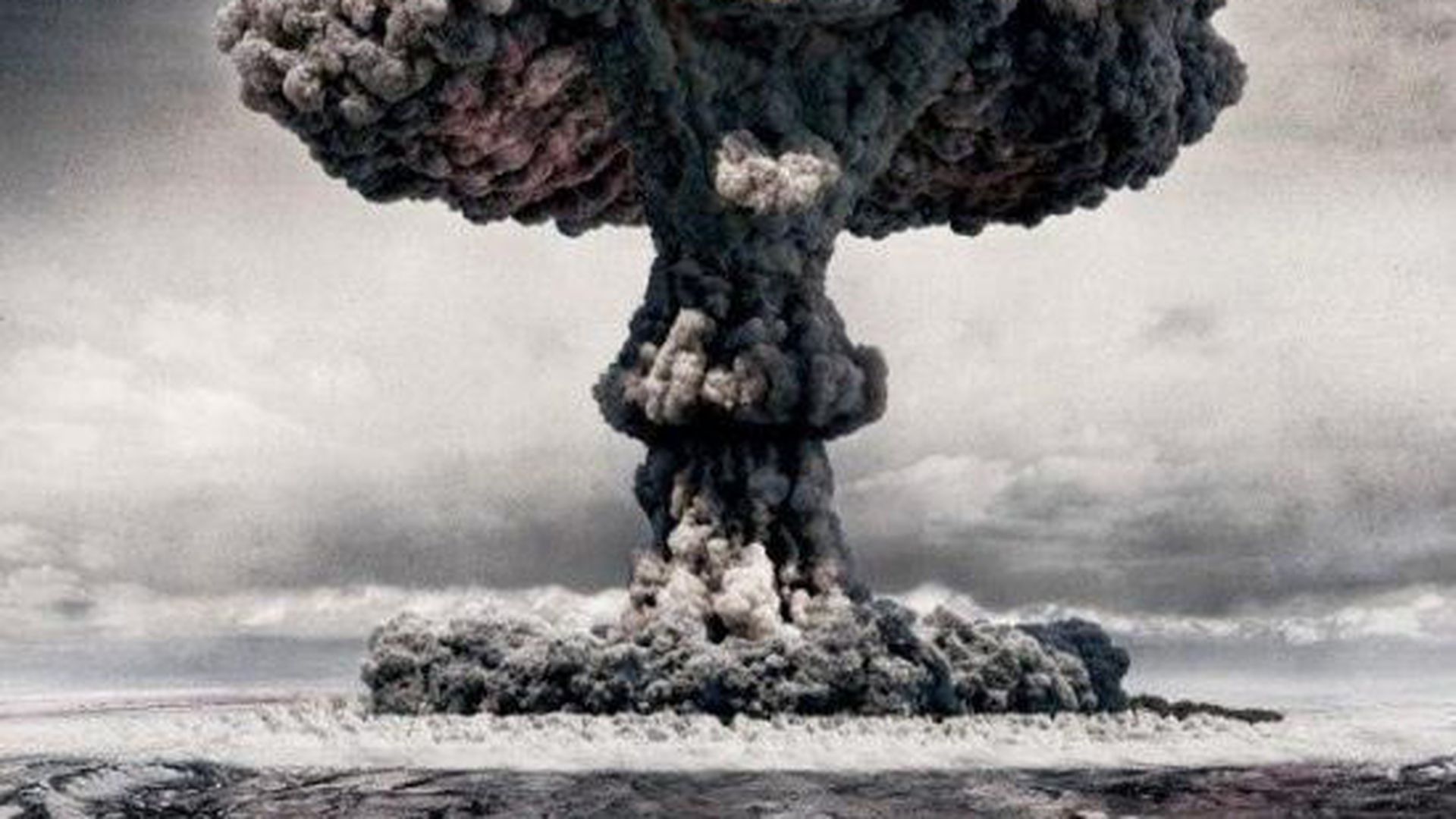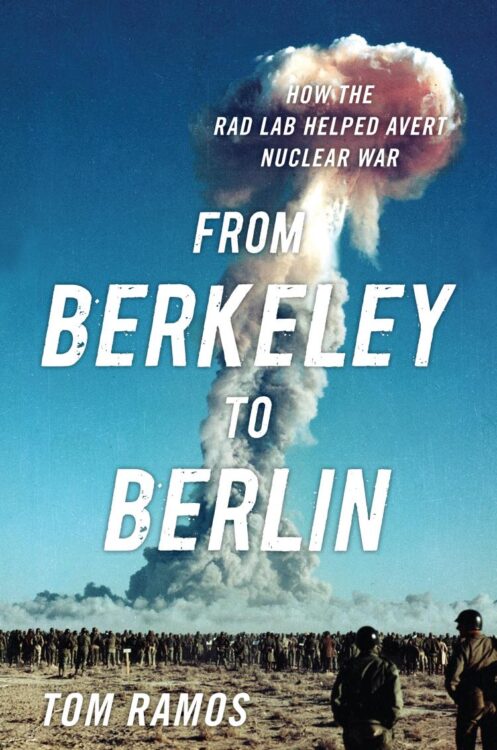In November 1960, bolstered by anti-Communist ideologies, John F. Kennedy was elected president of the United States. Soviet Premier Nikita Khrushchev brandished nuclear diplomacy in an attempt to force the United States to abandon Berlin, setting the stage for a major nuclear confrontation over the fate of West Berlin. From Berkeley to Berlin explores how the United States had the wherewithal to stand up to Khrushchev’s attempts to expand Soviet influence around the globe. The story begins when a South Dakotan, Ernest Lawrence, the grandson of Norwegian immigrants, created a laboratory on the Berkeley campus of the University of California. The “Rad Lab” attracted some of the finest talent in America to pursue careers in nuclear physics.
When it was discovered that Nazi Germany had the means to build an atomic bomb, Lawrence threw all his energy into waking up the American government to act. Ten years later, when Joseph Stalin’s Soviet Union became a nuclear power, Lawrence drove his students to take on the challenge to deter a Communist despot’s military ambitions. Their journey was not easy: they had to overcome ridicule over three successive failures, which led to calls to see them, and their laboratory, shut down. At the Nobska Conference in 1956, the Rad Lab physicists took up the daunting challenge to provide the Navy with a warhead for Polaris.
The success of the Polaris missile, which could be carried by submarines, was a critical step in establishing nuclear deterrent capability and helped Kennedy stare down Khrushchev during the Berlin Crisis of 1961. Six months after the height of the Berlin Crisis, Kennedy thought about how close the country had come to destruction, and he flew out Berkeley to meet and thank a small group of Rad Lab physicists for helping the country avert a nuclear war.
For the past 40 years, Tom Ramos has been a physicist at the Lawrence Livermore National Laboratory, where he was a member of the nuclear team that developed the X-ray Laser for President Reagan’s Strategic Defense Initiative. He later supported US/USSR arms control negotiations. Ramos, who graduated from West Point, commanded combat engineers before entering MIT to earn a degree in high energy physics.
PURCHASE
From Berkeley to Berlin How the Rad Lab Helped Avert Nuclear War

